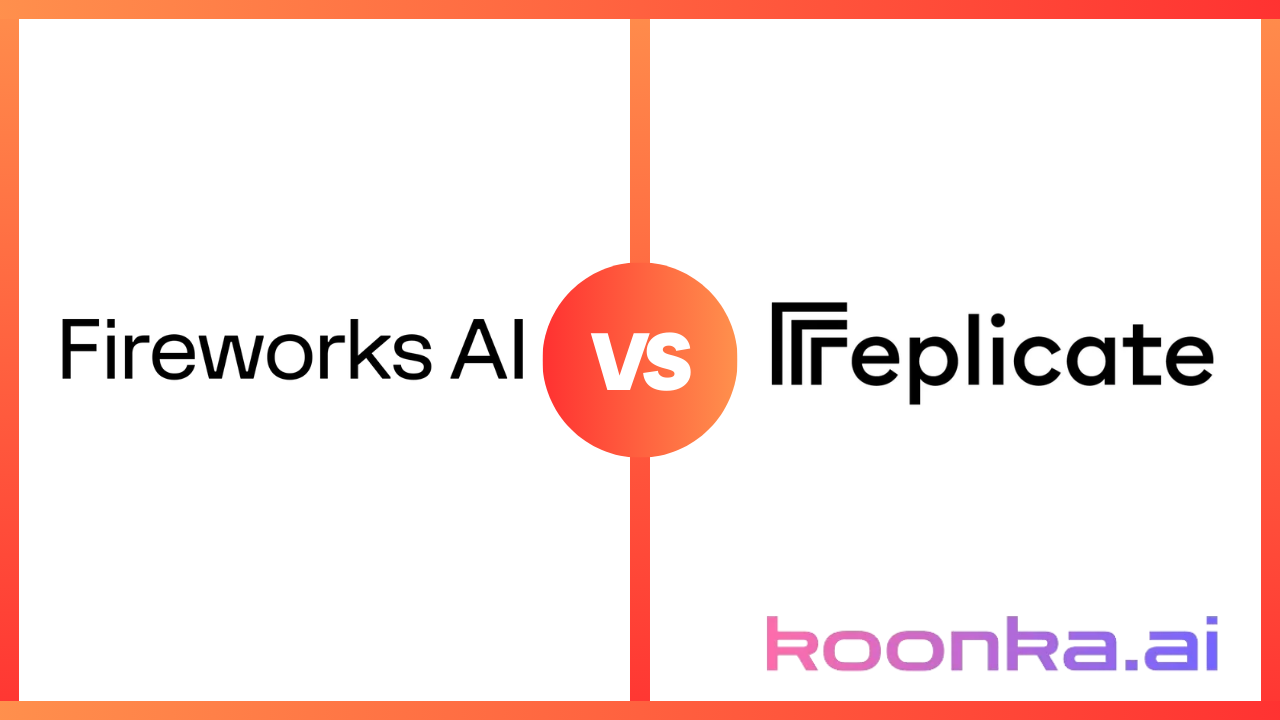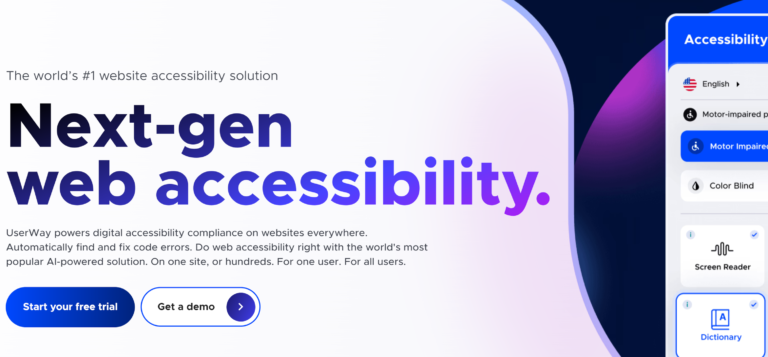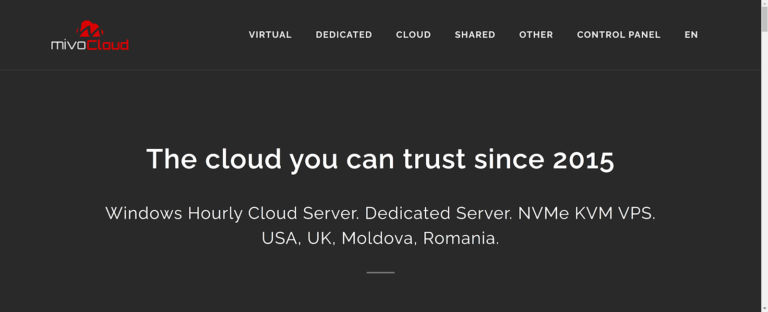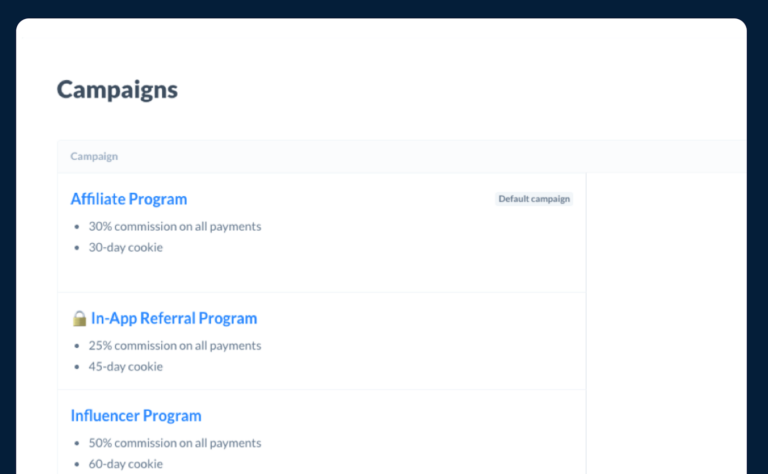Fireworks AI vs Replicate: Which Platform is Best for Hosting Open-Source Models?
As the generative AI landscape continues to evolve, platforms like Fireworks AI and Replicate have emerged as powerful tools for deploying, scaling, and customizing machine learning models.
While both aim to make AI more accessible and production-ready, they take very different approaches when it comes to performance, pricing, infrastructure, and developer experience.
This comparison is critical for startups, enterprises, and developers who need to choose the right platform based on speed, cost-efficiency, scalability, and ease of deployment.
We’ll walk through the major differences between Fireworks AI and Replicate, offering a clear breakdown of their strengths, weaknesses, and ideal use cases.
Table of Contents
Fireworks AI vs Replicate: Key Points
- Fireworks AI outperforms Replicate in raw performance and cost-efficiency, delivering up to 4x lower token costs for LLMs and significantly cheaper image generation, especially with SDXL and FLUX models.
- Replicate excels in flexibility and ease of use, with a massive model hub, one-line deployments, and broader multimodal coverage, making it ideal for rapid prototyping and diverse workflows.
- For large-scale production and enterprise deployments, Fireworks AI offers superior scalability, throughput, and security features, backed by SOC2/HIPAA compliance and advanced inference optimizations like speculative decoding and FireAttention.
Performance & Speed
Fireworks is built for production-grade performance and is the fastest in the industry. With speculative decoding, FireAttention kernels, and a disaggregated serving architecture, Fireworks claims up to 9x faster retrieval-augmented generation (RAG) and 6x faster image generation than others. Throughput is over 1000 tokens per second for supported models, and latency is reduced by up to 50% vs vLLM.
Replicate is a decent performer but prioritizes accessibility and variety over raw speed. You can run models on GPU instances like A100 or H100, but without the same inference optimizations as Fireworks. Replicate does mitigate cold-start lag with fast-booting models, so you don’t have to pay for idle time.
Overall, Fireworks is the clear winner in raw speed and efficiency, especially for high-volume, low-latency workloads.
Pricing & Cost-Effectiveness
| Model / Resource | Replicate Pricing | Fireworks AI Pricing |
|---|---|---|
| LLaMA 3 (70B) | $0.65 / $2.75 per 1M tokens (input / output) | $3.00 per 1M tokens (flat rate, Meta LLaMA 3.1 405B) |
| Mixtral 8x7B | $0.50 per 1M output tokens | $0.50 per 1M tokens (flat rate) |
| Stable Diffusion (SDXL) | $0.035 per image (stable-diffusion-3) | $0.0039 per 30-step image |
| flux-schnell | $0.003 per image | $0.0014 per 4-step image |
| A100 GPU (80GB) | $5.04 per hour | $2.90 per hour |
| H100 GPU (80GB) | $5.49 per hour | $5.80 per hour |
Replicate charges users based on compute time (per second) or per output (images, audio, video, tokens). For example, a stable image model like flux-schnell costs $0.003 per image, while the LLaMA 2 13b model is priced at $0.10 per million tokens input and $0.50 per million tokens output. Users can choose from a range of GPU types with transparent per-second billing. The flexibility makes Replicate ideal for low-usage applications, testing, or smaller batch jobs.
Fireworks AI uses a combination of serverless per-token pricing and on-demand GPU billing. Its serverless pricing for models like Mixtral 8×7 B ($0.50 per million tokens) or Llama 3.1 8B ($0.20 per million tokens) often undercuts comparable offerings from Replicate. Fireworks also provides extremely competitive GPU rates (e.g., $2.90/hour for an A100) and does not charge for startup or idle time in serverless mode.
At scale, Fireworks is more cost-effective, especially for language and image generation tasks. Replicate, while not always the cheapest, offers pricing granularity that benefits experimentation and small-scale deployments.
Model Availability & Flexibility
Replicate’s strength is in its large library of AI models, with thousands of models contributed by the open-source community. This wide range of models supports image generation models, audio and video generation, and custom workflows.
With the ability to upload custom models via Cog, Replicate makes it easy to add domain specific solutions, so users can create their own AI workloads. Its ability to use open-source language models makes it perfect for rapid development and experimentation across different use cases.
Fireworks AI, on the other hand, has a curated selection of over 100 models, including large language models like Llama 3.2, Mixtral, DBRX, and Stable Diffusion XL. The platform is optimized for production-grade AI and fastest model APIs, with features like LoRA-based fine-tuning, model quantization, and cross-model inference.
This makes it perfect for high-performance deployments and AI projects that require exceptional operational efficiency. Fireworks AI can handle large datasets and integrate seamlessly with cloud platforms for cost savings and a user-friendly interface without compromising quality, especially for AI applications that require low latency.
While Replicate has more model variety and flexibility across AI capabilities, Fireworks AI is focused on deep optimization for a single model, tailored to perform best in production environments, so it’s perfect for enterprise-grade solutions that prioritize scalability and throughput.
Scalability & Deployment
Both Replicate and Fireworks AI offer on-demand deployment and autoscaling. But their approach to control and customization is different. Replicate simplifies deployment by abstracting the backend complexity, so you can deploy models with a single command using Cog.
Traffic is managed automatically via shared or dedicated hardware, so it’s great for developers who want ease of use and fast iteration across different use cases. Replicate’s load balancing ensures smooth scaling but may not provide as much granular control for more complex deployments.
Fireworks AI offers more advanced deployment capabilities, more control over application logic, and scalable solutions. The CLI tool lets you create and manage scalable deployment pipelines, including compound AI systems where multiple models interact or exchange information.
This makes Fireworks AI perfect for AI workloads that require high throughput, zero startup lag, and GPU usage optimization. Fireworks can deploy custom models fast, with performance benefits critical for enterprise-scale image processing and semantic search applications. The platform is great for optimizing workloads across disaggregated infrastructure, so it’s ideal for users with complex, large-scale AI systems.
While Replicate is a more consumer-facing service with a simple setup for quick experiments, Fireworks AI is for enterprises that need scalable solutions, sophisticated load balancing, and production-grade deployment with deeper optimizations, especially for LLM API providers and applications that need performance at scale.
Security & Compliance
Fireworks AI is built with enterprise security in mind. It offers full SOC2 Type II and HIPAA compliance, supports Virtual Private Cloud (VPC) and VPN integrations, and ensures zero storage of model inputs or outputs. Additionally, it supports Bring Your Own Compute (BYOC), enabling enterprises to run models on private or hybrid infrastructure.
Replicate provides basic security and team-level access controls but does not advertise the same level of compliance. There’s no current mention of SOC2 certification, HIPAA compliance, or enterprise-grade connectivity like VPC support.
This makes Fireworks the clear choice for users in regulated industries or those requiring strict data security protocols.
Developer & User Experience
Replicate is designed for usability. Developers can get started today with no infrastructure to set up. The interface is simple, and deploying or testing a model is just one line of code. Replicate’s logging and pricing are transparent, so it’s easy to get started, especially for beginners and researchers.
Fireworks is for power users and enterprise engineering teams. It has a lot of control via the CLI and infrastructure abstraction, but has a steeper learning curve. However, if you need advanced orchestration, custom fine-tuning, and complex pipeline support, Fireworks has the tools to move from prototype to production.
Replicate is simple and fast to adopt, Fireworks is deeper and more powerful for experienced developers managing large systems.
Conclusion
Fireworks and Replicate serve different types of users and needs, so the better platform depends on what you need.
If you’re looking for cloud providers for raw performance, lower cost for scaling, enterprise security, and to run large, complex inference pipelines, Fireworks is the way to go. It’s perfect for production environments, enterprise AI stacks, and users who prioritize throughput, control, and compliance.
On the other hand, if you’re an individual developer, a startup building MVPs, or a researcher testing many different models across domains, Replicate will serve you better. It has a smoother onboarding experience, more community-supported models, and flexible billing for smaller workloads.
Choose Replicate for experimentation, rapid prototyping, and model diversity. Choose Fireworks for enterprise deployments, production speed, and scalable performance.







